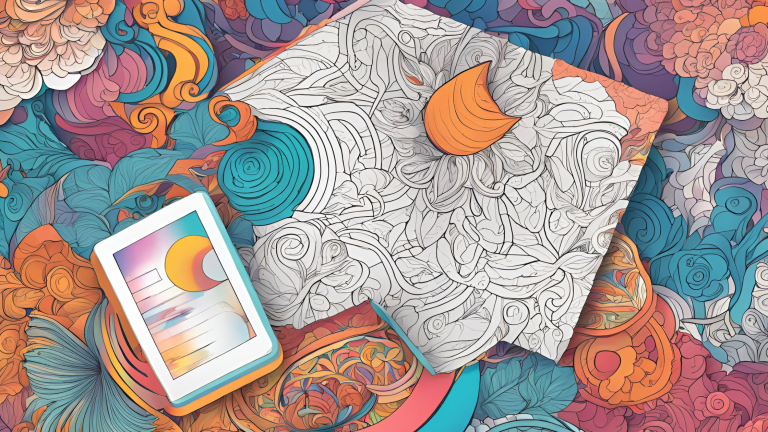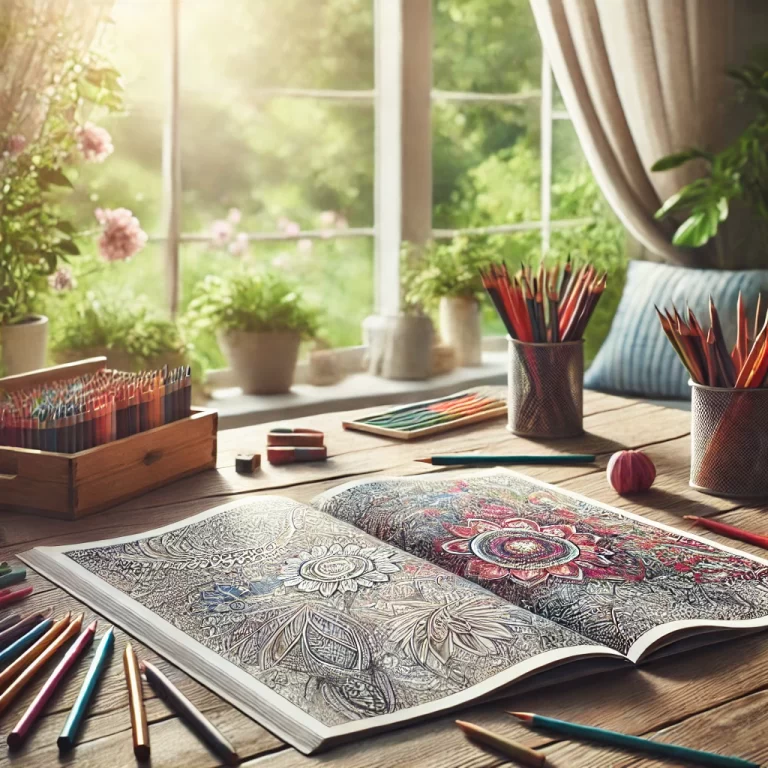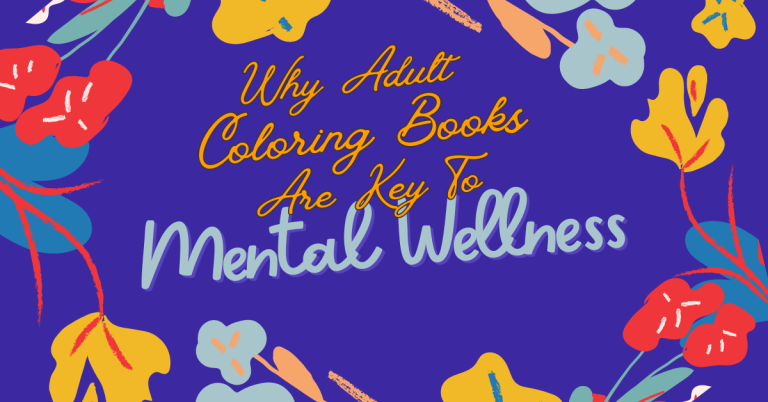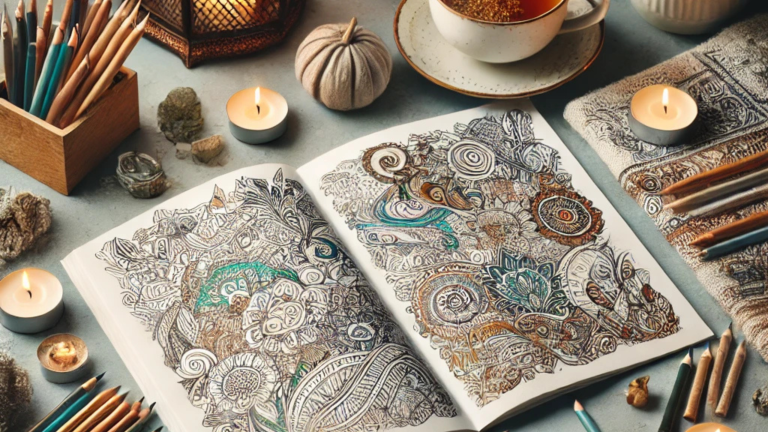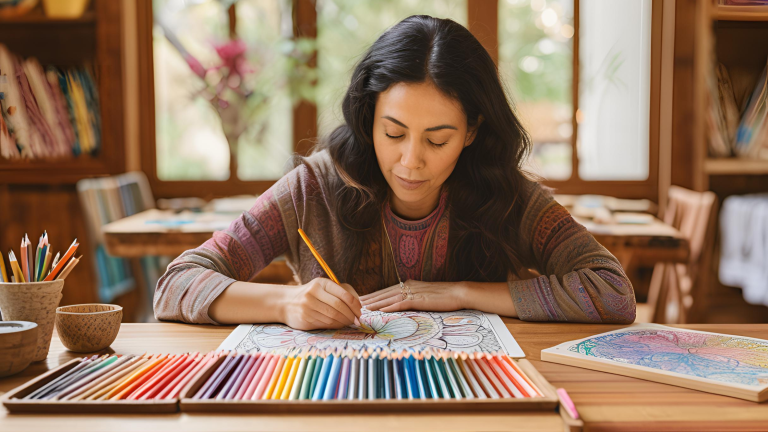What Is the Science Behind Adult Coloring? How It Lowers Stress and Anxiety
There’s something almost magical about the moment you pick up a colored pencil, feel its weight in your hand, and watch as color spreads across a blank page. For many adults, this act of coloring—once thought to be a childhood pastime—has transformed into a form of meditation, therapy, and even scientific intrigue. But what is the science behind adult coloring? What makes it so effective in reducing stress, enhancing focus, and even improving mental well-being?
This post may contain affiliate links, which means we may receive a commission, at no extra cost to you, if you make a purchase through a link. Please see our full disclosure for further information.
https://cmcacess.com/affiliate-disclosure
The Psychology of Coloring: Why It Feels So Good
To understand the scientific effects of adult coloring, we must first look at what happens in the brain when we engage in the activity. When you color, your brain enters a state similar to meditation, where the mind slows down, allowing stress and anxiety to melt away. This is largely due to the way coloring engages the brain’s default mode network (DMN)—the area responsible for daydreaming, self-reflection, and creativity.
Coloring activates both hemispheres of the brain. The logical, analytical left hemisphere gets involved in selecting colors, staying within the lines, and planning the overall look of the piece. Meanwhile, the right hemisphere, associated with creativity and emotions, is engaged as you experiment with color blending and shading. This balance between structure and freedom creates a unique cognitive state that promotes relaxation and mindfulness.
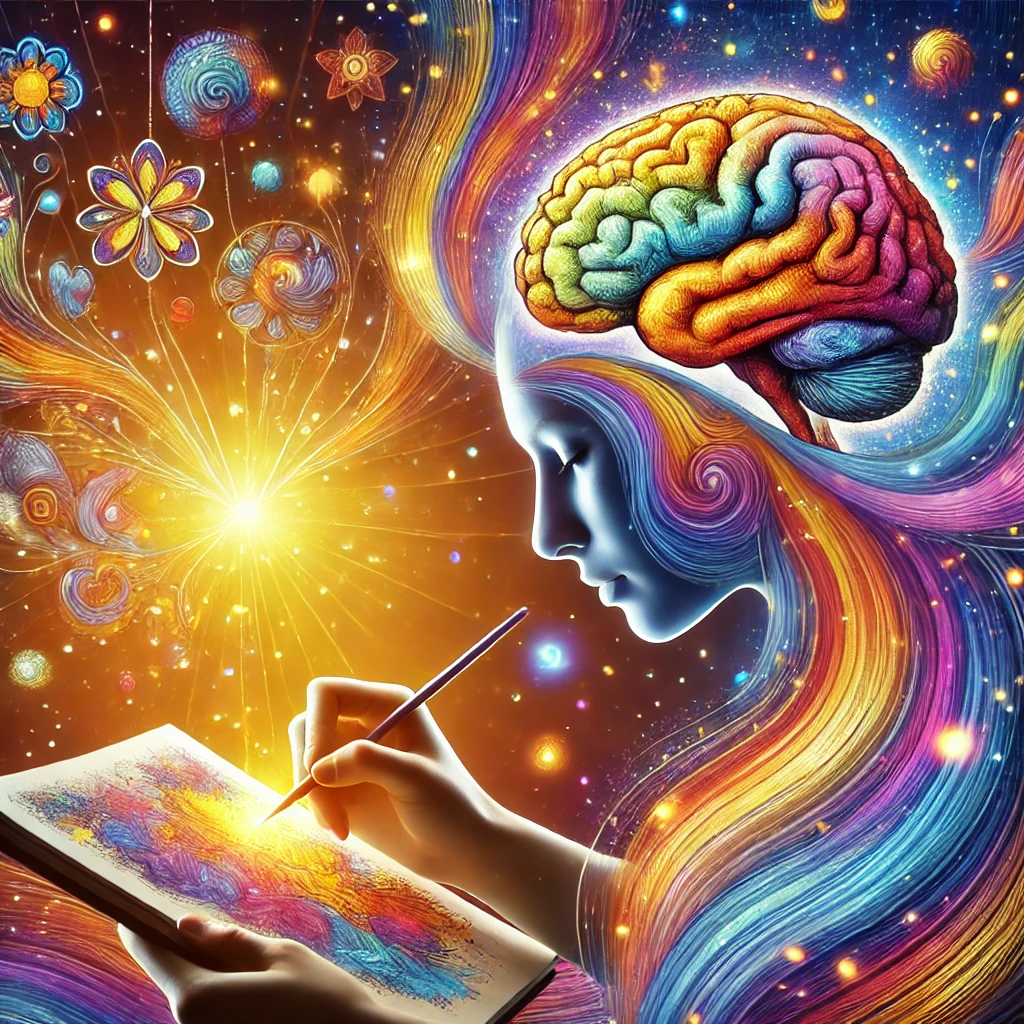
Neuroscientists have discovered that when people engage in repetitive, soothing activities like coloring, the brain produces alpha waves, which are associated with a calm but alert state of mind. These same brain waves are present during meditation, yoga, and deep breathing exercises.
Coloring and the Reduction of Stress
One of the most well-documented benefits of adult coloring is its ability to lower cortisol levels—the hormone responsible for stress. When stress levels rise, the body enters a fight-or-flight mode, releasing cortisol to prepare for action. While this is helpful in dangerous situations, chronic stress leads to negative health effects such as high blood pressure, anxiety, and depression.
Research has shown that engaging in activities like coloring can significantly reduce cortisol levels. A 2017 study published in the journal Art Therapy found that just 20 minutes of coloring a mandala or structured design led to a notable decrease in stress levels. This is because coloring shifts attention away from stressful thoughts and into the present moment, much like mindfulness meditation.
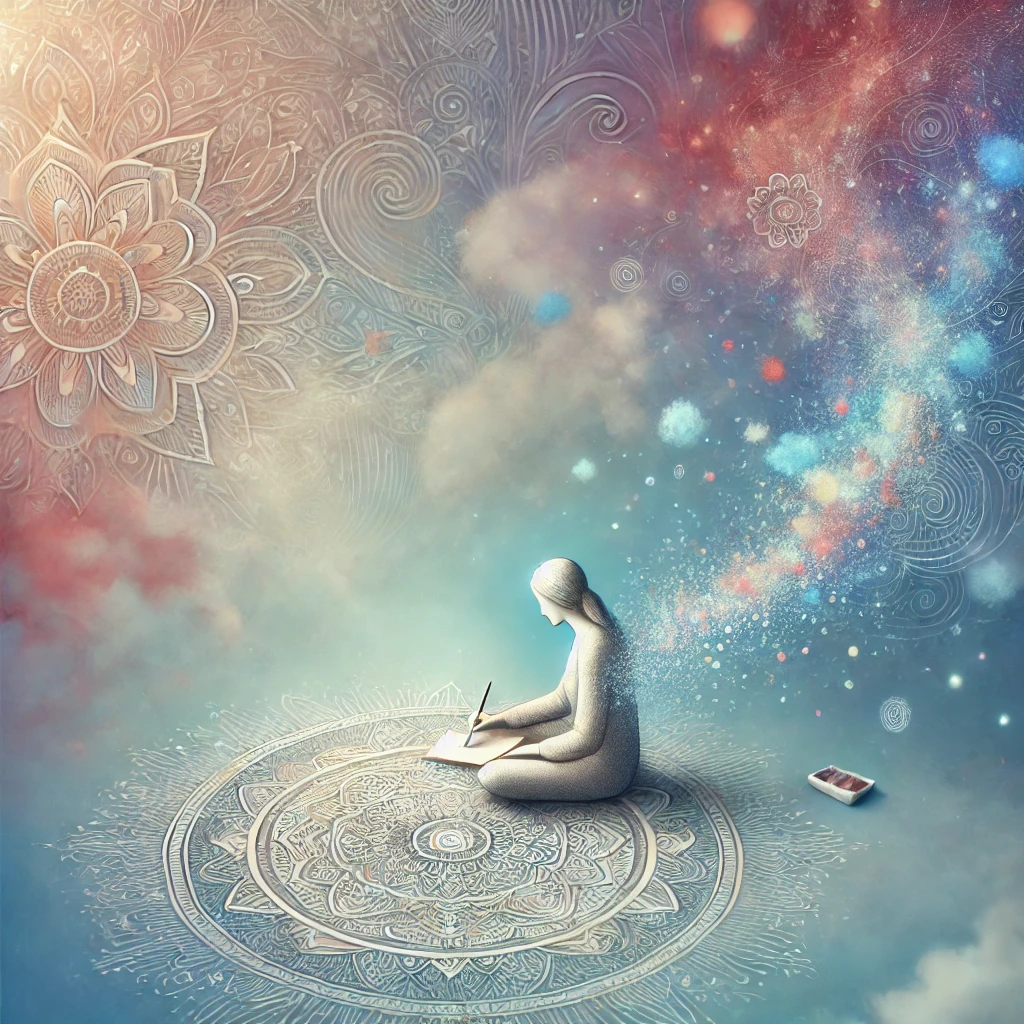
The rhythmic, repetitive motions of coloring also stimulate the parasympathetic nervous system, which counteracts the body’s stress response by slowing the heart rate and lowering blood pressure. This is why many people describe coloring as deeply soothing, even hypnotic.
The Impact of Coloring on Anxiety and Depression
Anxiety disorders affect millions of adults worldwide, leading to symptoms such as restlessness, racing thoughts, and excessive worry. But what if something as simple as coloring could help manage these symptoms?
Studies suggest that coloring intricate patterns—like those found in adult coloring books—can help reduce anxiety by activating the amygdala, the part of the brain responsible for processing emotions. When you focus on coloring, the brain shifts away from anxious thoughts and redirects attention toward the task at hand.
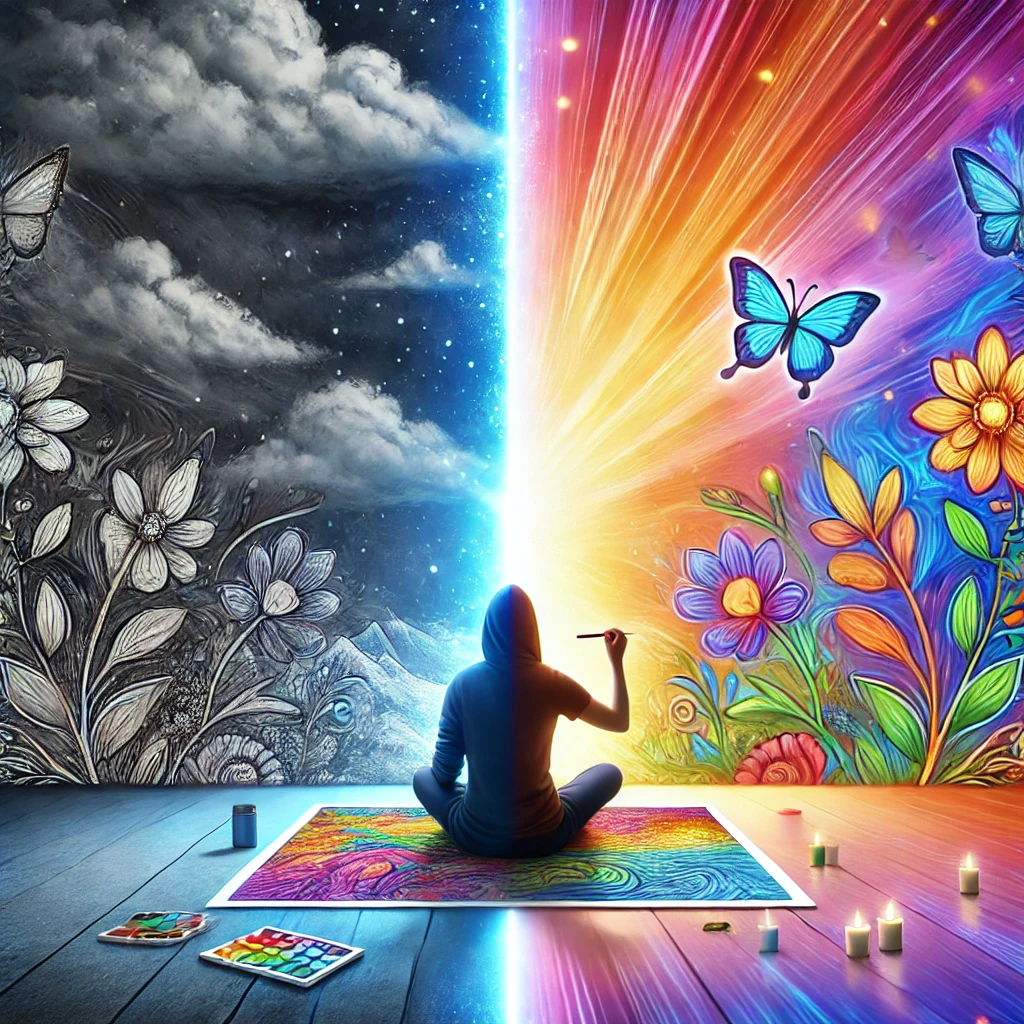
In one study published in the journal Creativity Research Journal, researchers found that individuals who colored complex geometric patterns experienced a significant reduction in anxiety compared to those who engaged in free-form drawing. This suggests that the structured nature of coloring provides a sense of order and control—an especially helpful benefit for those struggling with anxiety.
Similarly, coloring has been shown to have a positive impact on symptoms of depression. The simple act of filling in a page with vibrant colors can boost dopamine production, the neurotransmitter responsible for feelings of pleasure and reward. Many mental health professionals recommend coloring as a supplementary therapy for depression, as it encourages creative self-expression without the pressure of producing a “perfect” piece of art.
The Neurological Benefits of Coloring
Beyond its psychological effects, coloring also has fascinating neurological benefits. Engaging in coloring exercises improves fine motor skills by strengthening the connection between the brain’s sensory and motor systems. The precise movements required to stay within the lines enhance hand-eye coordination, benefiting not only artistic abilities but also daily tasks such as writing or typing.
Additionally, research indicates that coloring can improve cognitive function and memory retention. A study conducted by the American Art Therapy Association found that individuals who regularly engaged in coloring activities exhibited better concentration and problem-solving skills compared to those who did not. This is because coloring enhances neuroplasticity, the brain’s ability to form new connections and adapt to new challenges.
For older adults, coloring may even serve as a protective factor against cognitive decline. Engaging in creative activities stimulates the prefrontal cortex, the area of the brain responsible for decision-making, reasoning, and problem-solving. This is why art therapy is often recommended for individuals at risk of Alzheimer’s disease or other forms of dementia.
The Role of Color Psychology in Adult Coloring
Another fascinating aspect of the science behind adult coloring is the role of color psychology—the idea that different colors can evoke specific emotions and mental states.
For instance, blue is often associated with calmness and serenity, making it a popular choice for stress relief. Green, linked to nature and renewal, can promote feelings of balance and harmony. Meanwhile, warm colors like red and orange may stimulate energy and motivation.
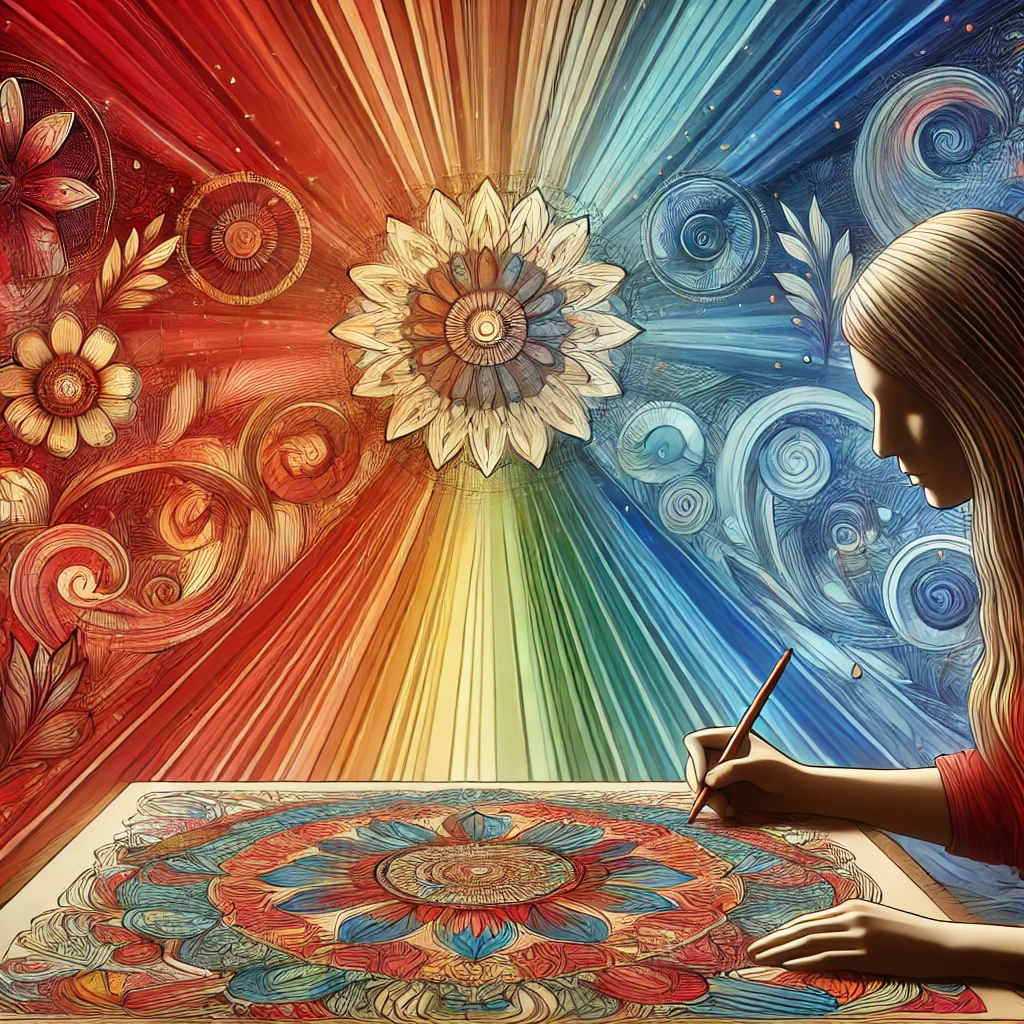
Many adult coloring books incorporate mandalas—intricate circular designs that have been used for centuries in meditation practices. The symmetry and repetitive patterns of mandalas encourage a meditative flow state, further enhancing relaxation.
Why Adult Coloring is More Than Just a Trend
Some skeptics dismiss adult coloring as a fleeting trend, but the science suggests otherwise. Unlike passive activities such as watching TV or scrolling through social media, coloring is an active engagement of the brain. It requires focus, creativity, and fine motor skills, all of which contribute to improved mental and emotional well-being.
Therapists, educators, and neuroscientists alike recognize the therapeutic benefits of coloring. It is now commonly used in art therapy programs for individuals dealing with PTSD, trauma, and chronic pain. Additionally, corporate wellness programs are beginning to incorporate coloring activities to reduce workplace stress and improve employee well-being.
The best part? Coloring requires no artistic skill, no expensive materials, and no formal training. Whether you prefer using colored pencils, gel pens, or markers, the simple act of filling in a design can offer profound mental health benefits.
Final Thoughts
So, what is the science behind adult coloring? It’s a fascinating blend of psychology, neuroscience, and creativity. Coloring engages both hemispheres of the brain, lowers stress hormones, promotes mindfulness, and even strengthens cognitive function. It is an accessible, enjoyable, and scientifically supported way to enhance well-being in today’s fast-paced world.
So the next time you feel overwhelmed, anxious, or just in need of a mental escape, pick up a coloring book and let your mind find peace in the simple act of bringing a page to life with color. You might just discover that the secret to relaxation lies within the lines of a beautifully detailed design.

